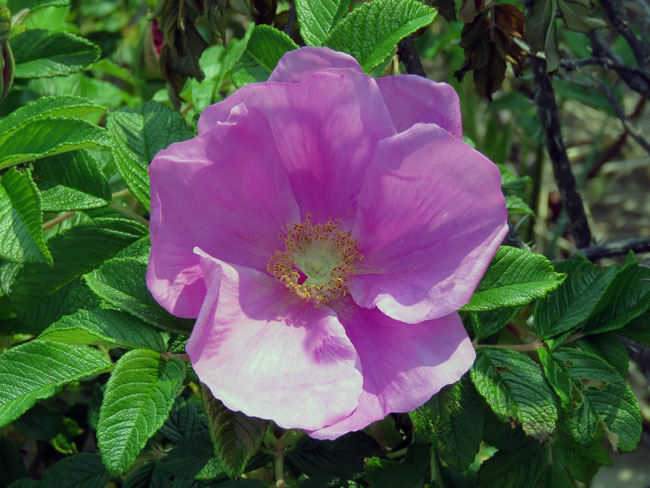
A new beginning is a welcome thing. A new week, a new job, a new term at school. Each brings the thrill of a clean slate, a shining start. The heart leaps up at the chance to try again, to do our best, to sow the seed of something that will grow. Autumn is when we plant the promises of spring, unsullied, pure and perfect.
~ Sally Abbott
(Call the Midwife, season 12: episode 6)

We have successfully made the move from Connecticut to North Carolina! What a wild, hectic, chaotic and exciting time these past few weeks have been. But somehow, with lots of help from family and friends, we managed to pull it off.

One kink in our planning was Tim developing bouts of shortness of breath and chest pressure on exertion. He spent a morning in the emergency room before we left where they determined he wasn’t having a heart attack and advised him to follow up with his cardiologist. So Larisa and I did our best to keep his activity level as low as possible while we scrambled to tie up all the loose ends.

After we got down here we repeated the process, spending a morning in the emergency room which thankfully resulted in an appointment with a cardiologist the next day. We really like him. Through the magic of “My Chart” medical records he had thoroughly acquainted himself with Tim’s cardiac history. He suspects that 15+ years after Tim’s by-pass surgery scar tissue may have built up and is starting to block the flow of blood. So he has ordered an echocardiogram to see what is going on in there before he decides what needs to be done.

In the meantime our plans to go out walking in our new adopted home have been put on hold. But I am comforted with the feeling that he is in good hands medically, UNC Hospitals being highly ranked among the best in the country.

(a chicken that lays green colored eggs)
Dima & Larisa have made us feel so comfortable and welcome and it is a delight having our grandchildren here to talk to and play with every day. Our real estate agent already has us under contract with a buyer for a selling price higher than we ever dreamed possible. Soon we will be able to find our own place down here. We’ve already started looking online.

I’ve gone out on a few short walks around this cohousing community with the little ones. (Cohousing is an intentional community of private homes clustered around shared space.) This is a magical, nature-loving neighborhood with birds singing all day long. There is a very loud frog outside who has croaked us to sleep for a few nights. Deer are allowed everywhere and help themselves to the abundant greenery.



A new beginning… I love it here!






































































































